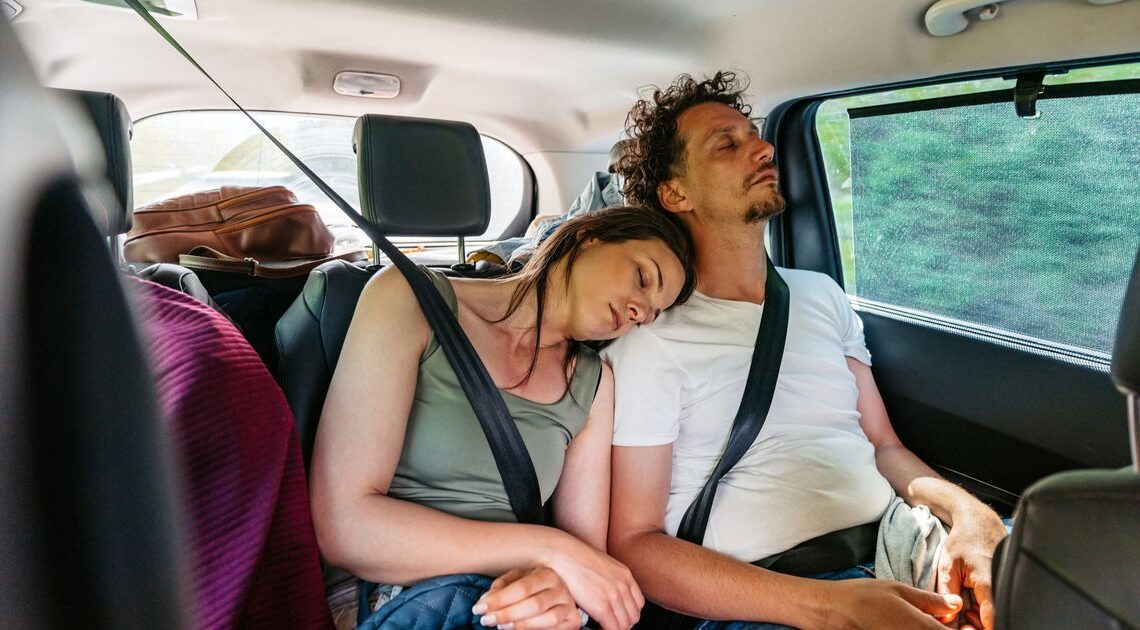If you have a road trip planned this summer, you may be focused on the places you’ll visit, determining the route you’ll take, and prepping your car for the long journey.
These are all crucial steps for planning an unforgettable road trip, but there’s one very important task that can’t be overlooked. According to cardiologists, the single most important thing to do during lengthy car rides is to take breaks — lots of them.
It doesn’t matter who you are or what your overall health is like. Young or old, healthy or dealing with a chronic health condition, anybody and everybody should plan to get out of the car and move around every one to two hours if your trip will last at least four hours.
Sitting in the car for hours on end can disrupt blood flow in the body, lead to dehydration, and contribute to clots. Left untreated, those clots can spread and quickly become life-threatening.
“Riding in the car for a prolonged uninterrupted period of time in a seated position increases the risk of developing deep vein thrombosis (DVT) — a kind of blood clot that forms in the deep veins of the legs,” Dr. Vladimir Lakhter, an assistant professor of medicine at the Lewis Katz School of Medicine at Temple University and an interventional cardiologist at Temple University Hospital, told HuffPost.
Here’s what happens to blood flow in your body during car rides.
Typically, when you’re moving around, your calf and thigh muscles push blood from the deep veins in your body up toward your heart. After a few hours in the car, as the lower half of your body hangs down, blood starts to pool in the veins of your lower legs and calves, explained Dr. Britt H. Tonnessen, a Yale Medicine vascular surgeon and associate professor of surgery at Yale School of Medicine. Your muscles aren’t contracting — and circulating blood — as they normally do, Lakhter said.
As blood pools in your lower legs, platelets (tiny blood cells that help your body form clots to stop bleeding) begin to adhere to each other, forming a soft jelly-like mass. A coagulation cascade kicks in, where a series of physiological processes that are involved in blood clotting activate.
“Once this system is triggered, the clot can propagate much like knocking over a row of dominoes,” Tonnessen said.
Deep vein thrombosis occurs when a clot forms in a vein deep inside your body, such as in the lower leg or thigh. The clot can cause pain and swelling in the leg. When you start to walk around after…
Click Here to Read the Full Original Article at Travel – Top Destinations, Vacation Ideas…
